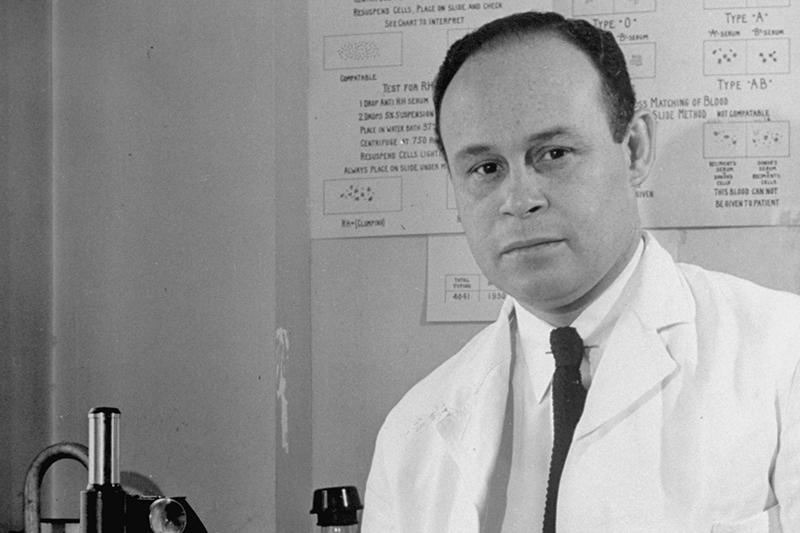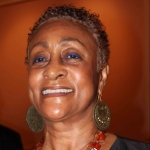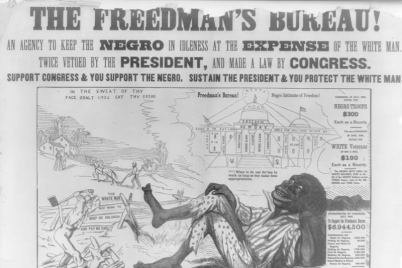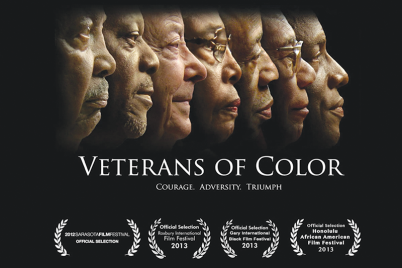Drew pioneered America’s first large-scale blood bank during World War II
By Attorney Jacqueline Hubbard, President, ASALH
Dr. Charles Drew was an African-American surgeon, well-known educator and medical genius. Born June 3, 1904, in Washington, D.C, he received his undergraduate degree from Amherst College in Massachusetts in 1926. After securing enough money and scholarships, he entered McGill University Medical School in Canada.
Dr. Drew received his medical degree in 1933, graduating second in his class. He earned both his doctorate in medicine and a master’s degree in surgery at the same time. He later studied at the Montreal General Hospital and the Royal Victoria Hospital in Canada. His research centered on the difficulties of successful blood transfusions.
Born into a middle-class family in Washington, D.C., Dr. Drew grew up in the Foggy Bottom neighborhood. He was known as an outstanding athlete at Amherst College, where he joined the Omega Psi Phi fraternity. He returned to Washington, D.C., and began teaching at Howard University’s Medical School in 1935.
He continued his research at Howard and in 1938, Dr. Drew received a fellowship to earn a doctorate in medicine at Columbia University in New York, where he completed additional graduate work and earned this degree. He became the first African American to earn a doctorate in medical science.
At the age of 38, Dr. Drew discovered the method by which blood could be reduced to plasma, stored and reused. He was issued a patent for preserving blood by the United States Patent and Trademark Office on Nov.10, 1942, in the midst of World War II.
According to the Ferris University, during the war, he was appointed supervisor of the Blood Transfusion Association for New York City and oversaw the “Blood for Britain” program, which saved the lives of many wounded soldiers. This success led to his appointment as director of the Red Cross Blood Bank and assistant director of the National Research Council, responsible for blood collection for the United States Navy and Army.
He resigned in protest of the United States War Department’s policy that African-American blood should be separated from the blood of white Americans.
Dr. Drew knew this was racist, senseless and counter to the medical science of blood transfusions. His invention made blood banks possible and saved numerous lives during World War II and after. It was widely used by the Red Cross, which continues to rely upon his discovery.
After delivering a speech at Tuskegee Institute in Alabama in 1950, he died after a violent automobile accident, shortly after leaving the school. He was only 46 years old. The accident occurred during the Jim Crow era and he and his companions were treated at a hospital in North Carolina. Many rumors persist that he could have been saved if he had received adequate medical attention.
The truth or falsity of the manner in which he died will probably remain in the realm of speculation. At the time of the accident, it was also reported that his injuries were so grave he could not have been saved by anyone.
Attorney Jacqueline Hubbard graduated from the Boston University Law School. She is currently the president of the St. Petersburg Branch of the Association for the Study of African American Life and History, Inc.









